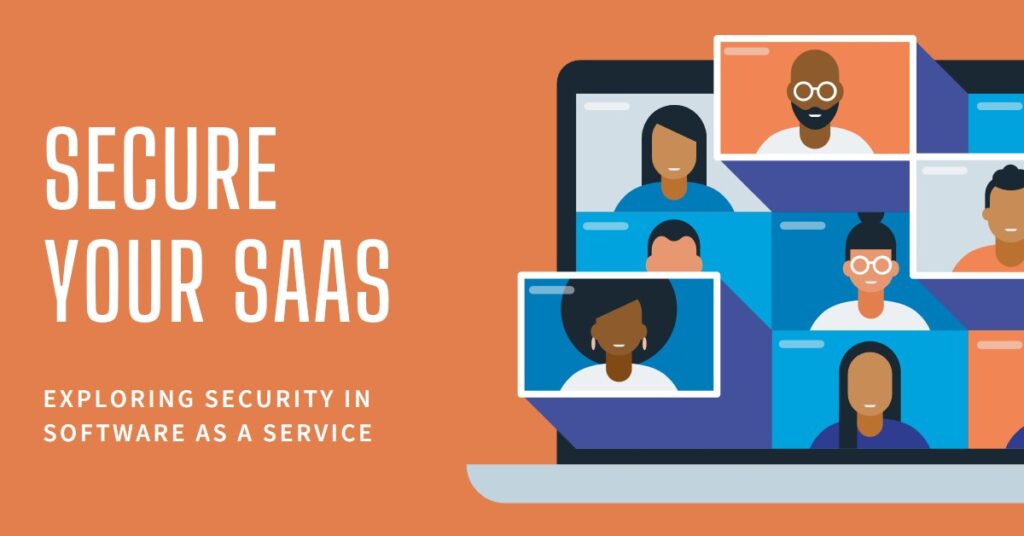Every click, login, and piece of data we send through cloud-based software creates potential security risks. While SaaS platforms have revolutionized how businesses operate, they’ve also created new challenges in data security.
Some of these platforms, handling our most confidential data, face greater security threats than others. Let’s look at which SaaS categories are most vulnerable to security breaches and why they attract cyber criminals.
Healthcare Management Systems
Healthcare SaaS platforms handle extremely sensitive patient data like medical histories and insurance information. Lab management software, in particular, deals with detailed medical images, test results, and complex diagnostic data. This is what makes securing this type of SaaS particularly challenging.
The stakes are particularly high because health data breaches can have severe consequences, considering its value in the black market. Medical records often contain complete personal profiles – social security numbers, addresses, and detailed health histories. When this data is compromised by cybercriminals, it can result in identity theft or medical fraud.
Integration also poses another security challenge. Most healthcare facilities we have today use several connected devices from imaging equipment to patient monitoring systems, and each connection point can be a potential vulnerability that needs to be secured.
Financial Management Software
Financial SaaS platforms deal with highly sensitive financial data like bank account information, investment portfolios, and payment processing information. These systems go through millions of transactions daily, making them an attractive target for financial fraudsters and cyber attacks.
These platforms also have the additional challenge of preventing both external attacks and internal fraud. External hackers are an obvious threat, but internal users who have authorized access can also misuse these systems. This requires sophisticated monitoring systems to detect unusual patterns and potential fraud while still allowing legitimate transactions to proceed smoothly.
Cloud Storage Services
Every second, millions of files zip through the digital atmosphere into cloud storage platforms. This massive concentration of valuable data turns these platforms into honey pots for cybercriminals.
Think about how you use cloud storage – probably across your phone, laptop, and maybe a tablet. Now multiply that by billions of users. Each device, sync, and file shared can become a potential entry point for security breaches. While it may be convenient, this interconnectedness creates a security nightmare for providers who must protect themselves against threats.
Ransomware attackers particularly love targeting cloud storage because they know that locking up a company’s cloud access can bring operations to a halt. Services then must constantly balance airtight security with the speed and accessibility that users demand.
One wrong click is all it takes. An employee accidentally shares a confidential folder with the wrong person, or a user unknowingly syncs malware-infected files across their devices. Unlike traditional storage systems where data stays in one place, cloud platforms can instantly spread both good and bad content across countless connected devices. Its viral-like distribution capability can become a serious liability when security is compromised.
Communication Platforms
Today’s business runs on instant messages, video calls, and virtual meetings. From Fortune 500 boardrooms to startup teams, these platforms have become the backbone of how we work. But this digital transformation comes with its share of risks.
When entire companies communicate through these platforms, security becomes complex. All messages, files shared, or video calls contain potentially sensitive information. A single breach could expose everything from product launches to merger discussions. And in this age of remote work, these conversations happen across countless unsecured home networks and personal devices.
Think about how communication happens in your own organization. Developers share code snippets in chat. Sales teams discuss client details over video calls. Executives make strategic decisions in virtual meetings.
Now, imagine all of this information falling into the wrong hands. This is why security communication platforms aren’t just to protect data – it’s to maintain the very way modern businesses operate.
Customer Relationship Management (CRM) Systems
CRM systems contain detailed customer information like contact details, purchase history, and interaction records. The collaborative nature of these platforms makes it even more risky with sales teams, customer service representatives all requiring access to customer data, often from various locations and devices. Different regions have varying data privacy regulations which require sophisticated data handling and storage policies.
It can be challenging to maintain security while making sure employees can effectively serve customers. Additionally, the high turnover of sales and service staff means access permissions need to be updated frequently.
Common Security Measures
While each type of SaaS has its own challenges, certain security measures have become the standard across platforms. To start we have Multi-Factor Authentication (MFA) where users are required to verify their identity through several methods – a password, a code, or fingerprint. This significantly reduces the risk of unauthorized access, even if passwords are compromised.
Regular security audits is another line of defense used by these platforms. Organizations regularly check their systems for vulnerabilities and test it against potential attacks. These checks identify security gaps before they can be exploited by malicious individuals.
Security teams particularly focus on reviewing user privileges, making sure employees only have access to the data they need for their roles.
In terms of data protection, this can be protected via sophisticated encryption technologies. Most modern SaaS platforms encrypt data both during storage (at rest) and transmission (in transit). When information sits in databases, it’s transformed into an unreadable format that requires specific encryption keys to decode. During transmission between servers and users, secure protocols create protected pathways that prevent data interception.
Key Takeaways
Technology alone cannot prevent security breaches. As we have learned, human error can be a significant source of vulnerability. As a result, we need more security awareness training to help reinforce the protection of these systems.
Organizations must regularly educate their users about phishing attacks, social engineering tactics, and password security. Many companies even conduct simulated security drills to test and reinforce this training.
Being aware and educated of these vulnerabilities is not just for avoiding risk. It’s also to help us recognize where our digital world needs the strongest protections.





